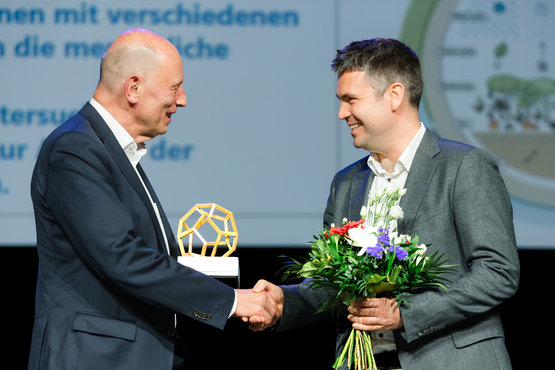Press Releases
Updates
Events
Latest Publications
Bone-artefact production in late Neolithic central China: evidence from Pingliangtai. Antiquity, 2024.56 (2024)
Archaeological and molecular evidence for ancient chickens in Central Asia. Nature Communications 15, 2697 (2024)
Synecdemus Novus: presenting the dataset of human activities on Crete (201–1204 C.E.). Journal of open archaeology data 12, 6 (2024)
Agriculture along the upper part of the Middle Zarafshan River during the first millennium AD: a multi-site archaeobotanical analysis. PLOS ONE 19 (3), e0297896 (2024)
A critical inventory and associated chronology of the Middle Stone Age and Later Stone Age in Northwest Africa. (2024)
The Persian plateau served as hub for Homo sapiens after the main out of Africa dispersal. Nature Communications 15 (1), 1882 (2024)
The Caribbean and Mesoamerica Biogeochemical Isotope Overview (CAMBIO). Scientific Data 11 (1), 349 (2024)
A Quaternary sequence of terrestrial molluscs from East Africa: a record of diversity, stability, and abundance since Marine Isotope Stage 5 (78,000 BP). Archiv für Molluskenkunde 153 (1), 153/061-086, pp. 61 - 86 (2024)


















